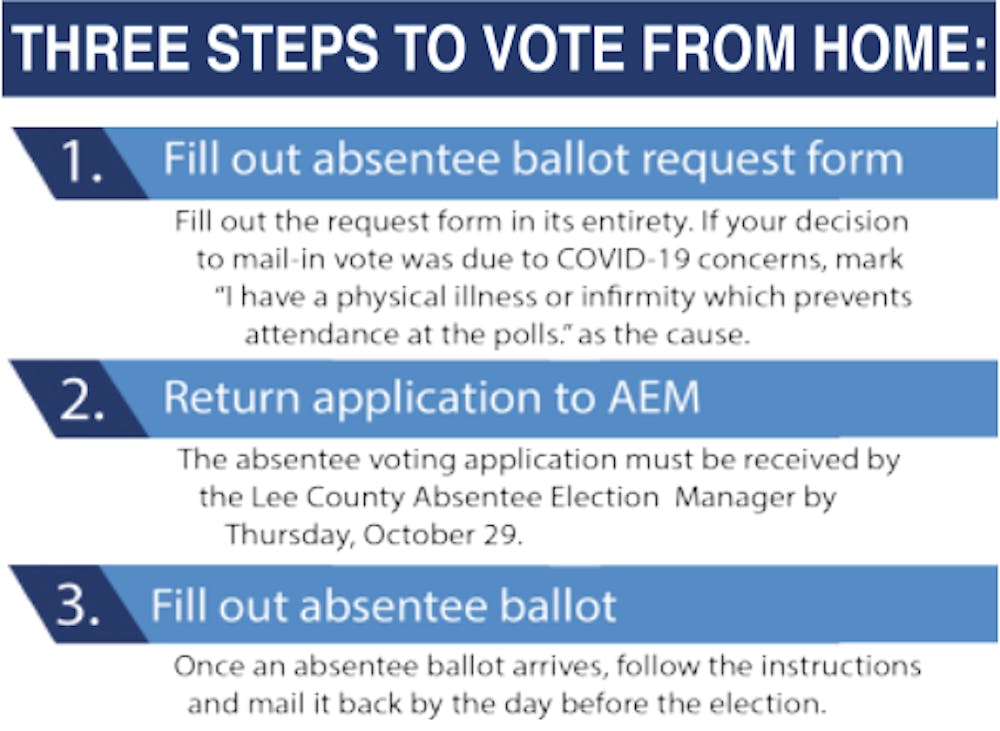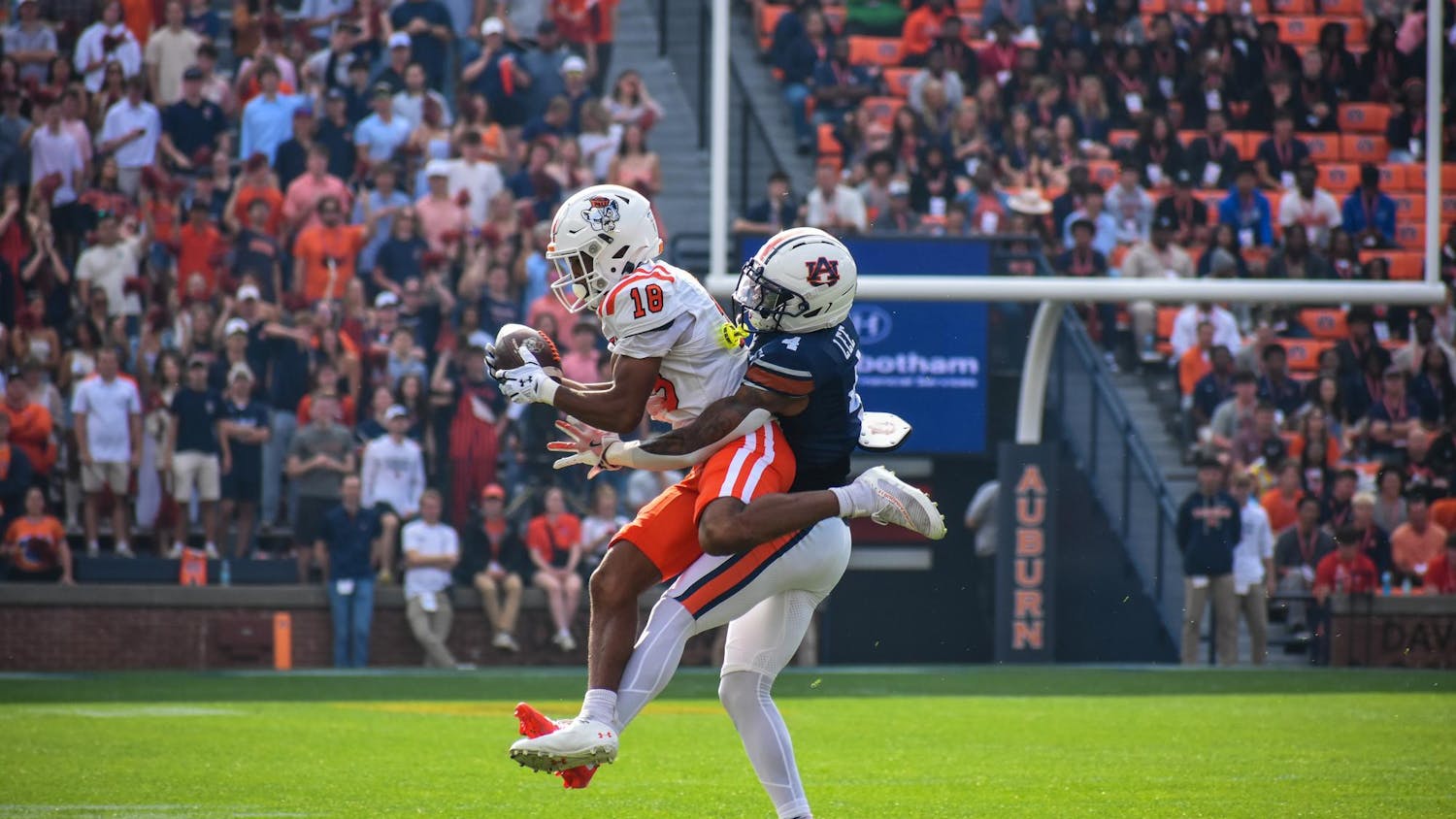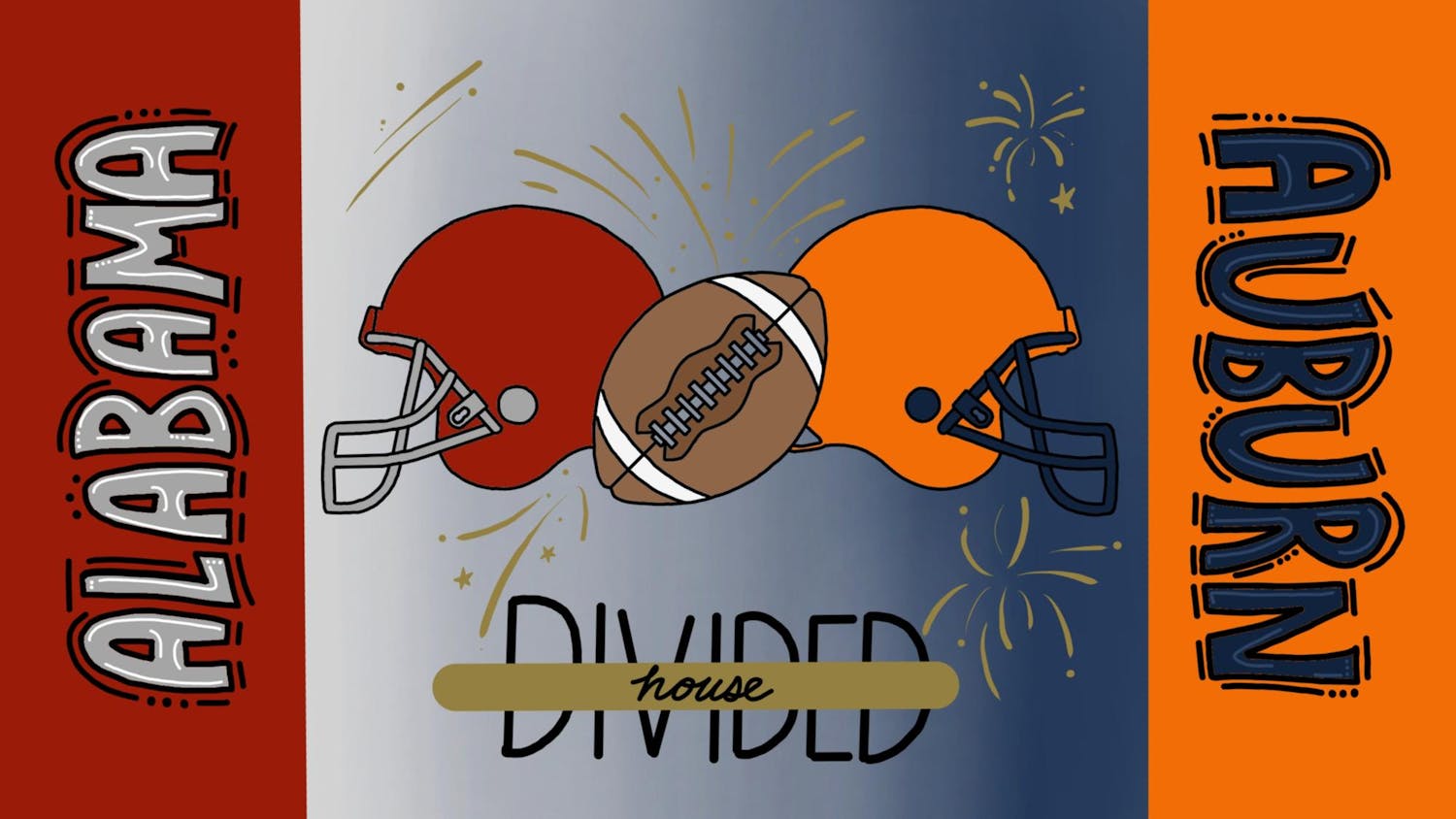As the pandemic continues to impact daily life, most public spaces have adjusted accordingly. Trips to the grocery store are now guided by arrows showing which direction to shop; restaurants require patrons to wear masks until their drinks are served and classes are largely conducted through online lectures. With a presidential election only a few months away, voting could face changes as well.
In July, 1,000 public health officials addressed a letter to members of Congress pushing for mail-in voting options for all voters.
The letter urged that “Members of Congress must ensure funding for the rapid scale-up of by-mail voting nationwide in time for the 2020 presidential election, and our local and state election officials must do all they can to support American citizens’ right to vote, while protecting them from SARS-CoV-2 infection and from spreading the virus during a pandemic. The right to vote should not have to be sacrificed or compromised to ensure our health and safety.”
The House of Representatives passed a bill on Aug. 22 which would allocate $25 billion to the United States Postal Service in order to “maintain prompt and reliable postal services during the COVID-19 health emergency, and for other purposes.”
Senate Majority Leader Mitch McConnell (R-Ky.) issued a statement saying, “the Senate will not pass stand-alone legislation for the Postal Service while American families continue to go without more relief.”
This bill comes after news of mail collection boxes being removed from locations around the country sparked conspiracies about voter suppression.
“Removing blue collection boxes is a decades-old protocol,” said the Postal Service in an official statement. “The Postal Service’s coordination with state and local election officials helps ensure every ballot is delivered and counted.”
Mail-in voting is not a new form of voting. Four states use a universal vote-by-mail method. However, Alabama’s form of mail-in voting is through its absentee ballot system.
“Every state has some method of voting that uses the U.S. mail,” said Kathleen Hale, Auburn University political science professor.
For the last ten years, Hale has directed the University’s Election Administration Initiative as well as its partnership with the Election Center.
“There are lots of pressures on the [voting] system, but we’ve expanded the methods to allow voters more options to vote,” said Hale.
On July 17, Alabama Secretary of State John Merrill added an emergency absentee voting rule for this year’s General Election. The rule states the following:
“Any qualified voter who determines it is impossible or unreasonable to vote at their voting place for the General Election on Nov. 3, 2020, due to the declared state of emergency shall be able to check the box on the absentee ballot application which reads as follows: ‘I have a physical illness or infirmity which prevents my attendance at the polls.’”
Lee County Absentee Election Manager James Majors expects there to be a rise in the requests for absentee ballots.
“What I’m looking at, have heard from other people, and just common sense says it’s going to be a much higher number than normal,” Majors said.
Majors stated that the main reason for mail-in ballot applications being tossed out earlier in the year during the runoff election was mainly due to voter errors.
“The last election we had, I think it was 261 applications for ballots that were rejected, and it was because people weren’t reading the application,” Majors said. “A lot of those were people who weren’t eligible to vote. A good example of that would be in June and July; they were wanting to vote for the president, and that wasn’t on the ballot.”
The Alabama Secretary of State’s deadline for absentee voting states that absentee ballots must be postmarked or hand-delivered by 5 p.m. on the day before the election. It must be received by the Absentee Election Manager by noon on the election day.
The mail-in option has long been a convenient way to vote for students that live out of state or far away from their hometown. Madeleine Battle, a sophomore majoring in nursing, is planning on voting by mail for this reason. Her hometown’s a few hours away from Auburn, so traveling home just to vote would be an inconvenience. She’s yet to request a ballot yet, though.
Jacob Thornton said that he may vote by mail in the upcoming elections. Most elections, Thornton, a sophomore studying chemical engineering, votes, but this election season has been a little different.
“I haven’t honestly thought about voting at all … I just haven’t scheduled or filled out for a mail-in ballot or anything,” Thornton said. “With COVID and everything, I just didn’t even know how that was working yet, I guess.”
There are still students who plan to vote traditionally in November, though. In November, Jaykela Collins, a freshman studying elementary education, will be heading to the polls in person.
“I don’t see any problem with it,” Collins said.
Reporting for this story was contributed by Evan Mealins.
Do you like this story? The Plainsman doesn't accept money from tuition or student fees, and we don't charge a subscription fee. But you can donate to support The Plainsman.





